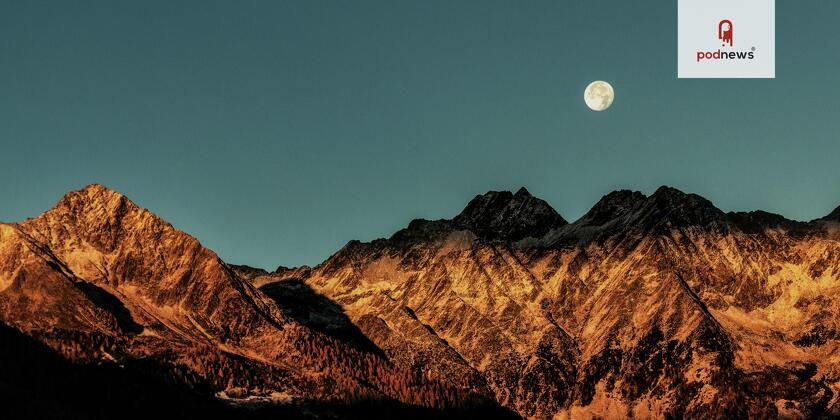
CARDEA Wins Radiolab & IAU’s Worldwide Quasi-Moon Naming Contest
After eight months, almost 3,000 submissions, seven finalists, and more than 10,000 votes, a winner has been unveiled in the worldwide Quasi-Moon naming contest from Radiolab and the International Astronomical Union (IAU).
“Cardea” has been declared the official name of “(164207) 2004 GU9,” one of Earth’s quasi-moons. In accordance with IAU naming conventions, the name is rooted in one of the world culture’s mythologies: “Cardea” is the Roman goddess of door hinges, thresholds and transitional spaces.
“Cardea” was submitted by Clay Chilcutt, a student at the University of Georgia in Athens, GA. In his submission, Chilcutt wrote, “Cardea presides over transitions and liminal spaces. A quasi-moon occupies a unique orbital path, existing in a transitional state between a true moon and an independent asteroid. She symbolizes change, guardianship, and the passage between realms. This name reflects the quasi-moon’s unique orbital path, embodying a celestial gateway between Earth and space.”
Close to 3,000 contest entries were submitted by people from more than 90 countries. A 42-member panel of teachers, students, astronomers, astrophysicists, journalists and artists (including actor and Radiolab fan Penn Badgley, Bill Nye “The Science Guy,” astrophysicist and podcast host Dr. Moiya McTier and astronomer and educator Salman Hameed) narrowed the names down to seven finalists. Throughout December 2024, more than 10,000 people voted, with Cardea as the clear winner. The runners up were Bakunawa and Enkidu.
The official naming and citation appeared in WGSBN Bulletin 5, #1, which is available on the IAU’s Working Group for Small Body Nomenclature website.
“We did it! A new year and a new (quasi) moon name! Who better to help usher us through this liminal time than an ancient doorkeeper? This whole naming contest has been a true celebration of what Radiolab is all about - curiosity and enthusiasm for the mysterious universe around us,” shared Latif Nasser, Co-Host of Radiolab. “We hope that this quasi-moon name continues to inspire people to learn more about space and science in general, to look up together to remember the universal things we all share.”
“Global projects such as this are the cornerstone of our work at the IAU Office for Astronomy Outreach: bringing together global communities, cultures, and perspectives,” said Kelly Blumenthal, Director of the IAU Office for Astronomy Outreach. “It was so inspiring to read all of the entries, and tap into the creativity of people from around the world. We are excited to bring more voices to the skies!”
Background on the Quasi-Moon Contest
Early in 2024, Nasser noticed a mysterious object on a poster of the Solar System in his son’s room while reading him a bedtime story. His investigation into “Zoozve” – a space object called a quasi-moon that isn’t a moon, but can appear to be one – led him all the way to the IAU and, eventually, a successful petition to officially rename this quasi-moon. The journey was documented on a Radiolab episode and a thread on X (formerly Twitter) from Nasser that went viral, opening the door for listeners to learn more about this fascinating class of objects. In May 2024, Radiolab and the IAU decided to join forces to launch a contest that would enable everyone to name one of Earth’s quasi-moons.
Quasi-moons are asteroids that can appear to be orbiting a planet but, in actuality, are orbiting the Sun in a trajectory similar to that of the planet. Unlike an actual moon, quasi-moons are only a temporary companion whose orbit will eventually take them away from a planet’s path.
Listen
This is a press release which we link to from Podnews, our daily newsletter about podcasting and on-demand. We may make small edits for editorial reasons.
